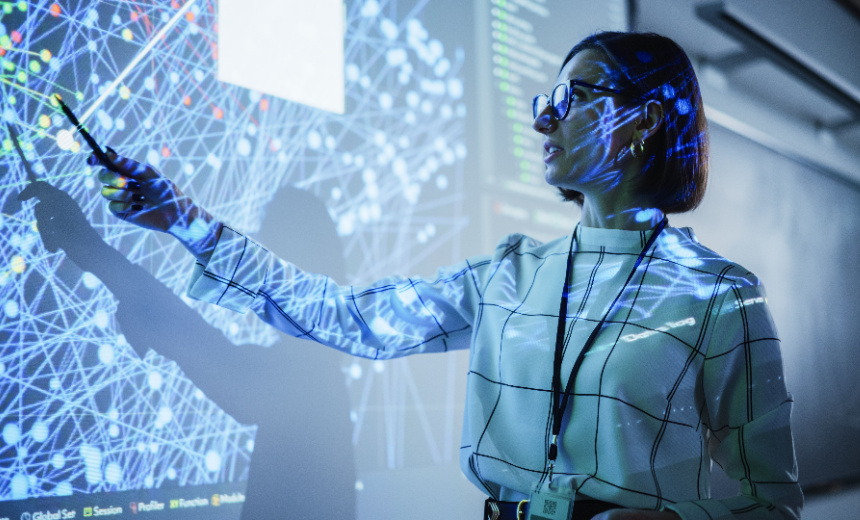Artificial Intelligence & Machine Learning,
Next-Generation Technologies & Secure Development
Experts Caution on White House AI Initiative: Innovation Gains Shadowed by Data Risks

The proposal from U.S. President Donald Trump to incorporate artificial intelligence into K-12 education aims to enhance the nation’s position in the global AI landscape, yet experts express concerns about heightened cybersecurity and privacy challenges that may arise from this expansion.
The White House recently issued executive orders aimed at reforming the educational sector, which includes a strategy to foster public-private partnerships and establish a task force dedicated to enhancing AI usage in primary and secondary education. These initiatives intend to encourage teacher training and student involvement through incentives such as the “Presidential AI Challenge.” Federal agencies are tasked with collaborating with preeminent AI organizations to develop resources that will facilitate the integration of AI tools within the U.S. educational framework.
Experts in AI and emerging technologies perceive this executive order as a considerable stride toward solidifying U.S. leadership in AI innovation. However, they caution that the plan lacks substantial oversight and fails to prioritize the safeguarding of sensitive student data. Numerous AI researchers and cybersecurity analysts have called on the government to implement measures that prevent the interaction of AI applications with personal educational data, thereby mitigating the risk of accidental data exposures.
Darren Meyer, a security research advocate at Checkmarx, insists that the deployment of AI in educational institutions must prioritize safety and student privacy. He emphasizes the importance of finding a balance between monitoring potential misuse of technology and avoiding the creation of additional privacy issues.
Meyer further notes that the widespread integration of AI into schools could expand the potential attack surface for cyber adversaries, necessitating a proactive stance from defenders who must be prepared to swiftly tackle evolving threats. The executive order instructs the Secretary of Education and the director of the National Science Foundation to prioritize grants that will assist educators in incorporating AI technology into their curricula.
The administration’s objective is to provide early exposure to AI technologies while cultivating a culture of innovation and critical thinking that will ensure America’s competitiveness in an AI-driven future. A White House fact sheet accompanying the executive order iterates the necessity for youth to acquire skills and knowledge essential for engaging with and creating next-generation AI technologies.
Significantly, the order lacks specific clauses aimed at protecting student information or restricting private AI companies from capitalizing on school data for their commercial models. This oversight raises “serious data privacy and cybersecurity concerns,” according to Ja-Nae Duane, an academic director at Brown University and research fellow at MIT. Duane points out that while the order affirms the importance of privacy and public trust, it does not provide concrete methods for schools to operationalize these protections amidst overwhelming tech integration.
Former federal officials warn that reductions in cybersecurity resources, including the dissolution of the Office of Educational Technology, could lead to inadequate oversight, especially as AI usage surges and schools become increasingly vulnerable to data breaches. A former senior White House cybersecurity official cautions that, in the absence of adequate cybersecurity safeguards, schools could face significant risks.
